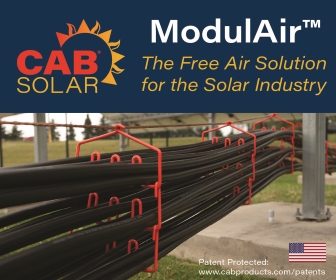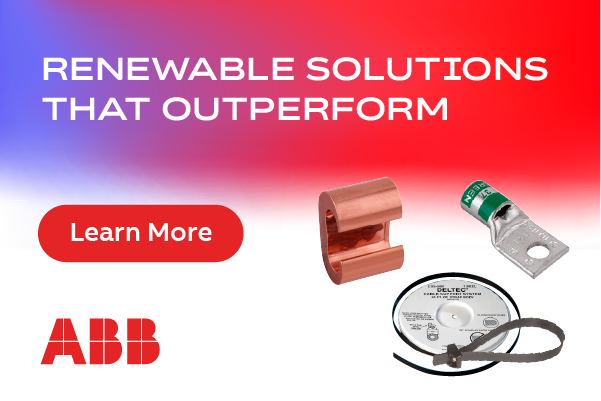The DC Approach to Solar Plus Storage
With over 25 gigawatts of utility-scale solar deployed, and more coming online annually, the solar industry is demanding that energy storage rapidly scale to help manage the integration of this massive surge of PV-generated energy into the grid. DC-coupled storage is entering the discussion, and the timing is right. With leadership coming from some of the most influential solar IPPs, the advantages of DC-coupling are about to be unlocked.
Among its advantages, a DC approach to coupling energy storage with utility-scale solar makes adding storage to both existing and new solar installations easier, from an interconnection perspective, and more cost-effective on the balance of plant. On the revenue side, DC-coupling increases overall kilowatt per hour harvest from the array. At the same time, it reduces claw back risk associated with the federal investment tax credits (as applied to storage). Moreover, with the applicability to retrofit situations, DC-coupling is expected to accelerate conversations around adding storage to the massive, already installed solar fleet.
Installation Costs Reduced
The cost side cannot be ignored, and leaders in the industry are taking note. According to an EPC expert, "By coupling distributed energy storage to the DC PV bus, equipment and installation costs may be reduced, especially so for new-builds. In contrast to centralized, AC coupled storage, DC coupled storage eliminates the need for AC switchgear or a substation interconnection. Perhaps more importantly, there should not be a need for additional interconnection studies or modifications to the existing interconnection agreement."
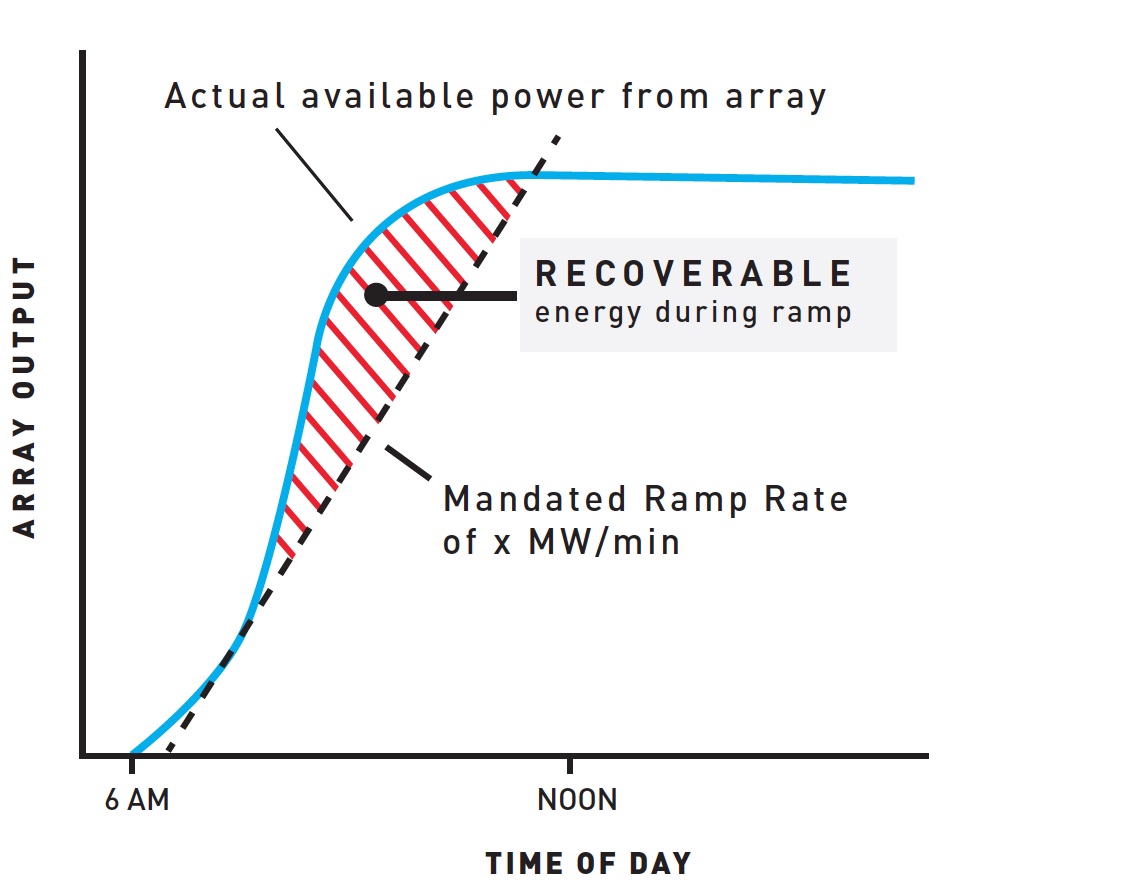 Increase PV Power Generation
Increase PV Power Generation
The revenue opportunities are compelling and might be viewed as true optimization of the array. Clipped energy recapture remains the most obvious advantage of DC coupling. Given common inverter loading ratios of 1.25 up to 1.5 on utility-scale PV, there is opportunity for the recapture of clipped energy through the addition of storage on the DC bus. What's interesting is that the conversations we are now having with developers and system designers are focused on potentially much higher DC:AC ratios, particularly where a hard AC interconnection limit would otherwise not allow a developer to maximize available land.
As another value example, DC-coupling enables an installation to capture energy earlier and later in the day, given that PV inverters typically require a minimum threshold DC bus voltage to operate. On a 1,500VDC nominal system, this 'wake up' voltage may commonly be around 800VDC, below which the system is not harvesting available PV production. This period of time at end of day or beginning of day, when the array has potential but the inverter is not awake, can be over 30 minutes on each end. While clipping recapture and increased efficiency are the biggest drivers for the DC-coupled topology, these other advantages enable the capture of additional revenue at the edges - these are all slices the industry needs to optimize the long-term value of PPAs.
Manage Energy for Maximum Return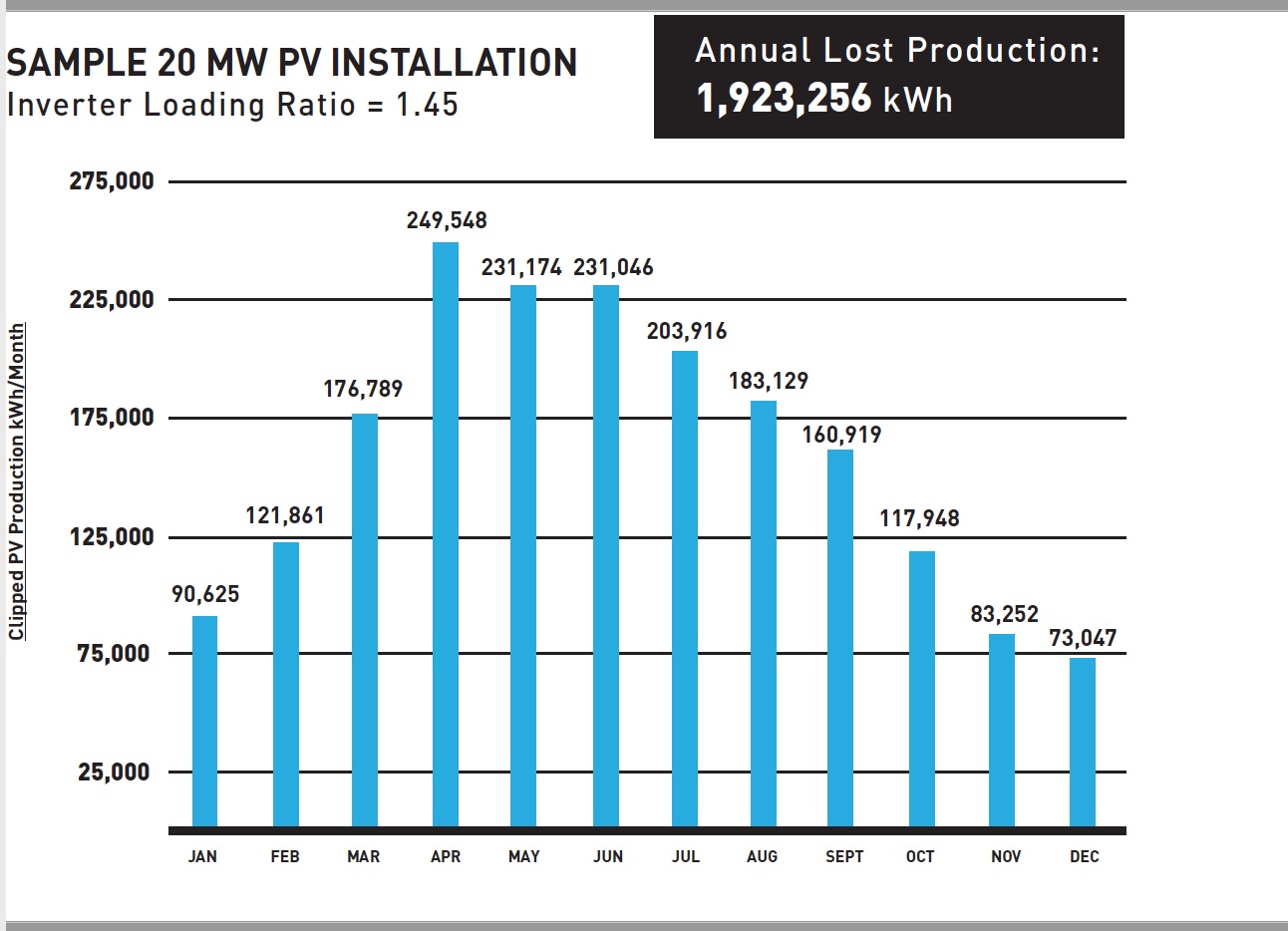
It's worth remembering some of the core reasons why the industry is moving to add storage to solar in the first place. Perhaps most importantly, utility-scale installation owners are looking to participate in more lucrative day-ahead markets where firming with storage makes the asset dispatchable. Obviously, energy storage also allows bulk energy shifting of solar generation, to take advantage of higher PPA rates in peak periods, or to allow utilities to address daily peak demand that falls outside periods of solar generation. While these benefits are highly dependent on local and regional markets and bilateral PPAs, this is usually the starting point for conversations around adding storage.
An overlooked advantage of adding storage, and one that also drives the DC approach is curtailment. CAISO caught the industry's attention earlier this year; it estimates that 6,000 to 8,000 MWs of solar and wind will be curtailed this year to deal with overall excess production on the grid. 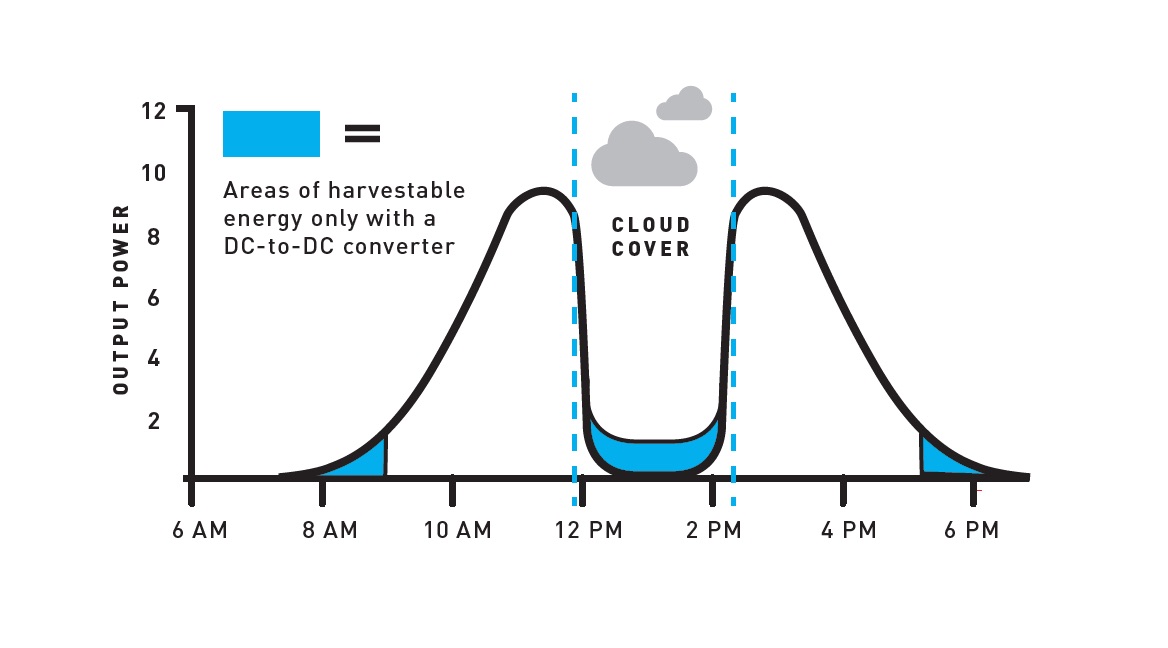 With a DC-coupled energy storage system, PV energy harvest continues while storing energy for discharge post curtailment. The same logic applies for scheduled or unplanned outages: When storage is on the DC bus behind the PV inverter, and the system is properly configured, then the energy storage system can operate and maintain the DC bus voltage when the PV inverter is off-line.
With a DC-coupled energy storage system, PV energy harvest continues while storing energy for discharge post curtailment. The same logic applies for scheduled or unplanned outages: When storage is on the DC bus behind the PV inverter, and the system is properly configured, then the energy storage system can operate and maintain the DC bus voltage when the PV inverter is off-line.
In a similar vein, the traditional need for storage to modulate the fluctuating solar output is worth re-visiting in the context of the DC-coupled approach. Storage enables operators to modulate power flow, and ramp rate control is often required by utilities and ISOs for PV and wind systems. To take one example, a ramp rate of 1MW/minute has been required by HECO in Hawai'i. This is a well-understood application of storage for solar or wind. What's interesting in the context of the DC-coupled discussion is that, with storage behind the inverter, energy otherwise effectively curtailed during a self-regulated ramp-up limitation can now be stored for later use. Again, energy gains at the edges and true optimization of the array.
So, here we are in 2017, moving through that critical inflection point when the concept moves from the chalkboard to the installation site. As an equipment designer and manufacturer, it's exciting to work with some of the industry's most forward thinking developers and owner-operators to move the ball forward on solar plus storage.
 Chris Larsen heads eastern US and international business development for Dynapower's Energy Storage Group. He joined the renewables and storage industry in 1996, heading up the North Carolina Solar Center's grid interconnection program advising utilities and regulators on interconnection policies. Chris spent 10 years with ABB, starting in ABB's renewable energy R&D laboratory, focused on power electronics and renewable energy, and had roles in product management and channel program strategy. He earned a masters in mechanical engineering through NC State University's Program in Renewable Energy and graduated magna cum laude in economics from Princeton.
Chris Larsen heads eastern US and international business development for Dynapower's Energy Storage Group. He joined the renewables and storage industry in 1996, heading up the North Carolina Solar Center's grid interconnection program advising utilities and regulators on interconnection policies. Chris spent 10 years with ABB, starting in ABB's renewable energy R&D laboratory, focused on power electronics and renewable energy, and had roles in product management and channel program strategy. He earned a masters in mechanical engineering through NC State University's Program in Renewable Energy and graduated magna cum laude in economics from Princeton.
Dynapower | www.dynapower.com
Volume: 2017 September/October










.png?r=5401)
